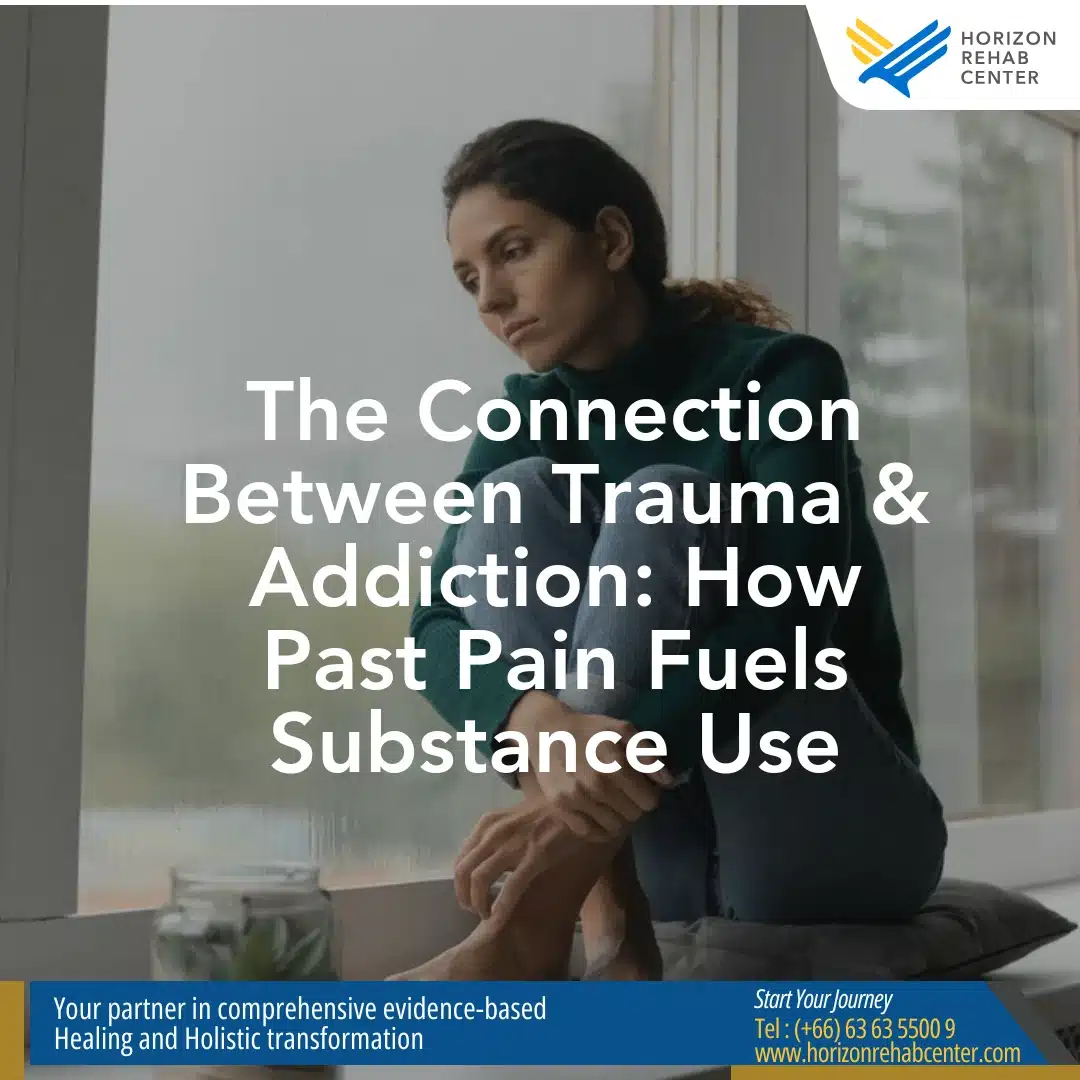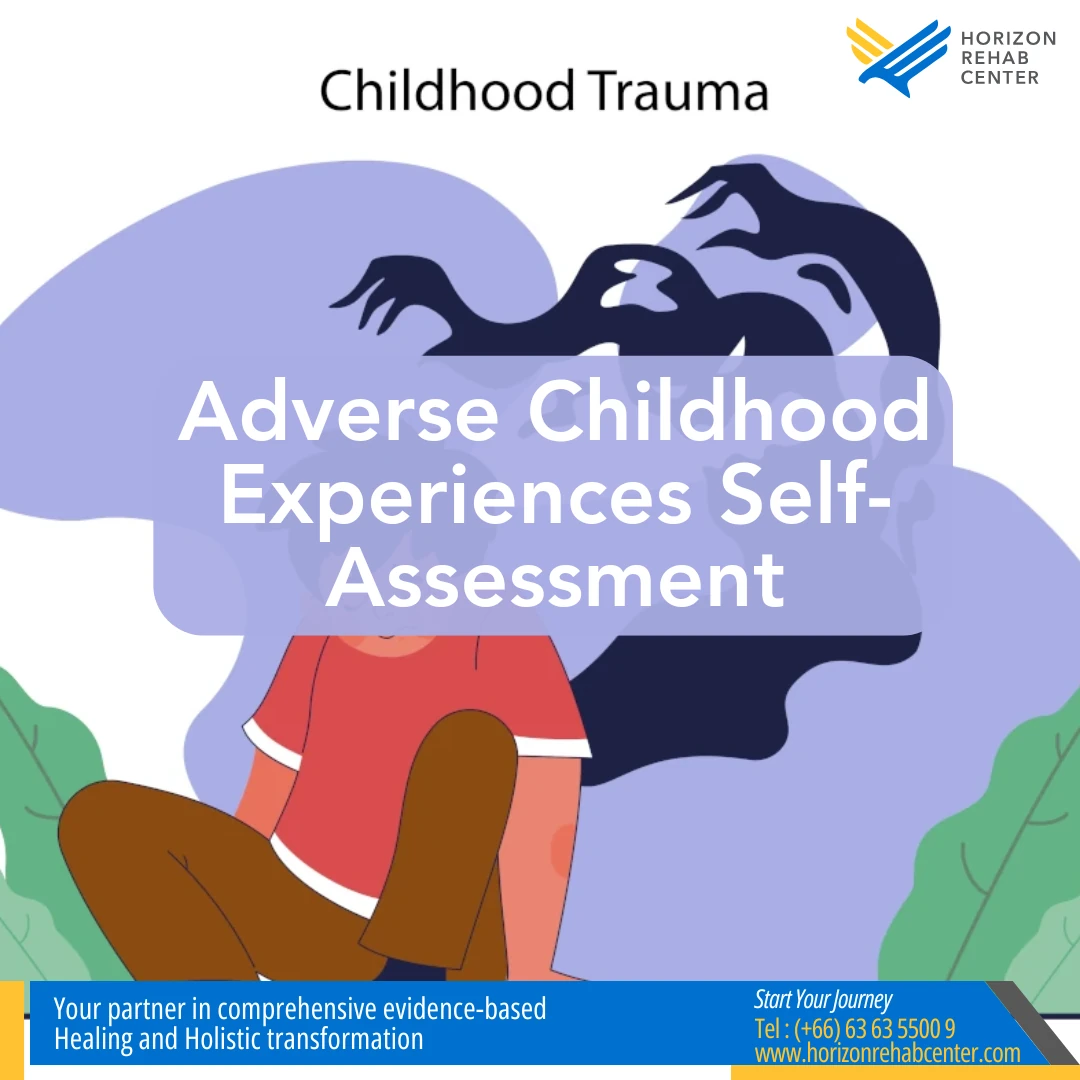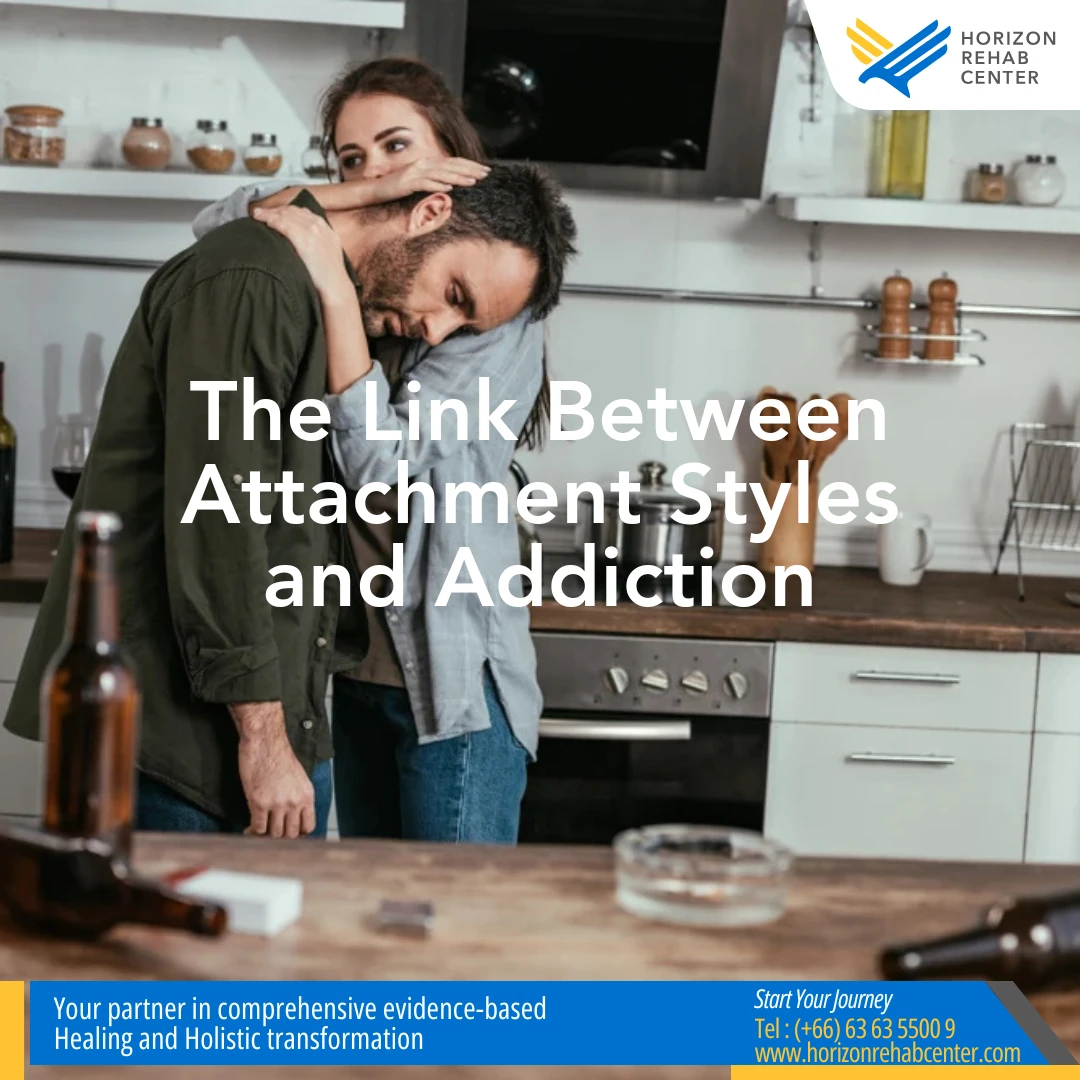
Alcoholism Symptoms & Causes – A Closer Look
Early Signs of Alcoholism: How to Identify the Red Flags
Recognizing the early signs of potential alcoholism can be a stepping stone to seeking help and making positive changes. These early signs can appear in various forms, such as frequently engaging in heavy or binge drinking, often indulging in alcohol in isolation, or exhibiting signs of antisocial behavior when drinking.
It’s so important that we keep an eye out for these signals. Left unchecked, they can evolve into more severe substance use disorders, potentially leading to heartache not only for the individual involved but also for their loved ones.
One of the initial indicators that alcohol use may be becoming a problem can be regular bouts of hangovers or blackouts. This often results from consuming alcohol in quantities too large for one’s body to handle. If this is happening to you, or someone close to you, it might suggest that alcohol is being consumed excessively.
Drinking alone or in secret is another signal worth paying attention to. People who drink privately often do so to keep their behavior hidden from others, suggesting they might be grappling with a problem. If you or someone you care about is exhibiting this behavior, it may be time to consider abstaining from alcohol.
Another potential sign of alcoholism is when responsibilities and relationships start to take a backseat to drink. If work, school, family, or friends are being neglected in favor of alcohol consumption, this could indicate a struggle with dependence.
Lastly, if someone’s tolerance for alcohol increases over time, it can be an early warning of potential alcoholism. When people need to consume more alcohol to achieve the same effects, their bodies are developing tolerance, which can lead to consuming even larger amounts. Recognizing this could be a cue that it’s time to consider abstaining from alcohol.
Remember, these signs are not meant to diagnose, but to help individuals be more aware and seek professional guidance if needed.

The symptoms of alcoholism are not always easy to spot. They vary from person to person and depend on how long someone has been consuming excessive amounts of alcohol. Symptoms may include depression, anxiety, irritability, mood swings, insomnia, memory loss, or blackouts.
Those who have become alcoholics will find it nearly impossible to consistently engage in controlled drinking and may experience psychiatric disorders as a result of their addiction such as depression, and crippling anxiety (as well as a host of other mental health issues). Moreover, alcoholics, over time, will certainly require more drinks to achieve the same effect they once felt with less alcohol.
If you or a loved one is struggling with alcohol use, there are some common indicators to watch out for that may suggest a dependency. These can include intense cravings for alcohol when not drinking; physical withdrawal symptoms like sweating or trembling when alcohol is absent; and continuing to drink even when it’s causing issues in your work life or personal relationships.
It’s also important to notice if you’re spending more money on alcohol than you intended, or if drinking is leading you to neglect hobbies or activities that you once enjoyed. The need to consume more alcohol to achieve the same level of intoxication as before is a critical sign of increasing tolerance, a key aspect of dependence.
Once drinking starts to take over, it can lead to a loss of control over the amount consumed, which can be another signal of a growing problem. Given the potentially damaging effects of alcohol on the brain, it’s often recommended that those struggling with alcoholism should consider complete abstinence.
Alcohol use disorder, also known as alcoholism, can manifest differently in everyone. However, it often results in various negative consequences. These can range from health complications like liver disease to financial difficulties due to overspending on alcohol, legal troubles such as DUIs, and problems within personal relationships.
Recognizing the early signs of alcoholism is critical in preventing it from spiraling into a severe addiction. For many who grapple with this disease, moderated drinking may not be a viable option, and abstaining from alcohol might be the most effective path toward recovery.
Remember, acknowledging these signs is not about placing blame or creating guilt, but about understanding and taking the first steps towards seeking help and healing. You don’t have to face this alone, and help is available when you’re ready.
The Stages of Alcoholism: From Occasional Use to Addiction
Early Stage: Occasional Use
The journey from casual alcohol consumption to addiction can be subtle and sometimes goes unnoticed until it becomes a problem. Initially, alcohol use typically begins with occasional or social drinking. During this early stage, individuals might enjoy a glass of wine to unwind after a stressful day or partake in a beer or two at social gatherings. At this point, they might not experience any negative effects from their drinking, and they might not even be aware that they could be paving the way toward a more significant problem.
But we must remember, unchecked casual drinking can gradually morph into alcohol dependence, leading to potential withdrawal symptoms and a situation where abstaining from alcohol becomes the necessary course of action.
It’s crucial to bear in mind that even seemingly harmless occasional drinking can gradually develop into dependency. This happens because alcohol is an addictive substance. It interacts with the brain’s reward system, leading some individuals down the path of cravings and compulsive behavior associated with addiction.
For these reasons, staying vigilant about your drinking patterns is of utmost importance. If you find yourself experiencing signs of alcohol withdrawal or other struggles associated with alcohol use, don’t hesitate to seek professional help.
As a preventative measure, abstaining from alcohol can be a highly effective strategy to sidestep the pitfalls of addiction. Practicing conscious choices about your consumption can empower you in maintaining control over your relationship with alcohol, helping to keep potential issues at bay.
Middle Stage: Heavy Alcohol Use and Tolerance
The middle stage of alcoholism is often marked by increased alcohol use and dependence. People in this stage might find that they’ve built up a tolerance to alcohol, meaning they require more to feel the same effects they used to achieve with less. Attempting to cut back or stop drinking can lead to uncomfortable withdrawal symptoms, increasing the risk of returning to heavy drinking. For individuals in this stage, abstaining from alcohol is usually a highly beneficial approach.
Those engaging in heavy drinking, often referred to as alcoholics, are at risk of serious health complications. These can range from liver disease to high blood pressure, even heart disease, all due to the excessive amounts of alcohol they’re consuming. Besides the health implications, they may also face issues in their relationships, financial hardships, and potential legal troubles.
However, it’s crucial to understand that people in the middle stage of alcoholism often find it challenging to quit drinking on their own. This difficulty arises from both physical and psychological dependence on alcohol, leading to withdrawal symptoms when they attempt to stop. For these individuals, complete abstinence from alcohol is typically a vital part of their path toward recovery.
Awareness and understanding are key, and professional help is always available for those ready to take the first steps toward overcoming alcohol dependence.
Late Stage: Addiction
The final stage of alcoholism, often referred to as addiction, can be a deeply challenging period. Individuals at this point may find that they’ve lost control over their alcohol consumption, continuing to drink despite facing significant negative impacts in their everyday lives. They might even prioritize drinking over crucial responsibilities like work or family obligations, and if they try to abstain, they may experience withdrawal symptoms.

Alcohol addiction, commonly known as alcoholism, can have profound effects, affecting not only the person struggling with the addiction but also their loved ones. It can trigger a chain of destructive events, potentially leading to job loss, financial instability, or even divorce or separation from partners or children who find it hard to cope with the associated behaviors.
For someone in the throes of alcoholism, controlled drinking is often not a viable solution, making complete abstinence typically necessary for overcoming the addiction. However, withdrawal symptoms can be intense and sometimes require medical supervision to ensure a safe recovery.
Beyond these physical and relational impacts, alcoholism can also contribute to mental health concerns such as anxiety and depression. In facing these challenges, remember that help and resources are available, and recovery, though difficult, is indeed possible with the right support.
Abstinence and Treatment
Abstaining from alcohol is often considered the most effective strategy in treating alcoholism. Many medical and psychological experts agree that controlled drinking usually isn’t a viable solution for those grappling with alcoholism, due to the physical and psychological dependence that has developed.
Seeking professional help becomes essential for individuals with alcohol use disorders, particularly because withdrawal symptoms can be severe and potentially life-threatening. Managing alcohol consumption isn’t simply about stopping drinking; it requires a comprehensive treatment approach that addresses the underlying causes of the addiction.
Several treatment options exist, including outpatient therapy, medication-assisted treatment, residential treatment, and support groups like Alcoholics Anonymous. These resources equip individuals with the skills and tools needed to overcome their addiction, enabling them to sustain abstinence or, in some cases, engage in controlled drinking over the long run. Furthermore, managing withdrawal symptoms can often be facilitated with medication-assisted treatment, which can help ensure a safer and more comfortable recovery journey.
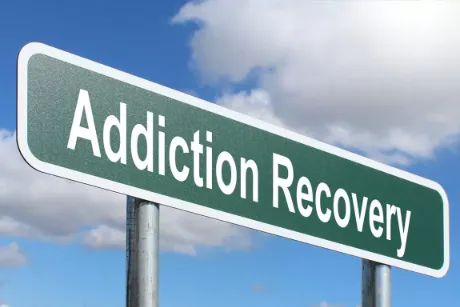
Remember, taking the first step toward seeking help can be tough, but it’s a crucial part of the process. With the right support and resources, recovery is not only possible but achievable.
Road to Recovery: Effective Treatment Methods for Alcoholism
Behavioral treatments and interventions are the most effective alcohol treatment options available for alcoholics. These treatments aim to change the behavior of an individual towards alcohol consumption, promoting abstinence and reducing the risk of relapse. They help in identifying the root cause of addiction, developing coping mechanisms to manage withdrawal symptoms, and preventing relapse.
A personalized approach to treatment is crucial for a successful recovery from alcoholism and other substance use disorders. Every individual has a unique set of circumstances that led them to addiction and dependence. Therefore, a one-size-fits-all approach may not be effective in managing withdrawal symptoms and reducing consumption. A personalized approach involves understanding an individual’s history, lifestyle, and goals to develop a treatment plan that works best for them.
Seeking professional help is the first step toward a successful road to recovery from alcoholism. It can be challenging for individuals with alcohol dependence and consumption to overcome it on their own, which poses a risk of withdrawal symptoms. Professional help provides access to resources such as counseling, medication-assisted therapy, and support groups that increase the chances of successful recovery.
The abstinence debate is still ongoing in the medical community regarding whether complete abstinence is necessary for a successful recovery from alcohol dependence or if controlled drinking can also be considered a viable option for individuals with alcohol problems. Medical professionals suggest that abstinence should be the primary goal for individuals with severe alcohol abuse due to the progressive and chronic nature of alcoholism that has been observed over the many years of alcohol addiction treatment.
12-step recovery programs such as Alcoholics Anonymous (AA) have been widely used in treating alcoholism since its inception in 1935. The program helps individuals achieve sobriety by providing support through regular meetings and working through the steps with a sponsor.
Cognitive-behavioral therapy (CBT) focuses on changing negative thought patterns that lead to the problematic use of alcohol by helping individuals develop healthy coping mechanisms and problem-solving skills.
Trauma-informed therapy, which has gained popularity over recent years addresses underlying trauma that may contribute to alcohol dependence, and alcohol abuse by helping individuals process past experiences and emotions effectively.
Building a Strong Support System: The Key to Overcoming Alcoholism
Heavy drinking can lead to serious health consequences, including long-term damage to the body and nervous system. While it might seem challenging to let go of alcohol and face life’s realities head-on, building a robust support network can be a pivotal factor in overcoming alcohol dependence. Many individuals find that support from family and loved ones play a significant role in their journey toward sobriety.
When battling alcoholism, the encouragement and understanding of family and friends are often indispensable in navigating dependence and potential withdrawal. Having individuals who comprehend the challenges of this disorder can make a substantial difference. It’s crucial to remember that alcoholism affects not just the individual but also those closest to them. Seeking assistance from family members or trusted friends can mark the beginning of taking control back over your life.
Support Options
Beyond family and loved ones, several additional resources are available for individuals grappling with alcoholism. Therapy can effectively address underlying issues contributing to heavy drinking and dependence. As mentioned above, Support groups like Alcoholics Anonymous can offer a sense of community and shared understanding among individuals facing similar struggles.
However, it’s worth noting that most people who quit alcohol will relapse into problematic drinking once again. This is something that should be expected. This is not a weakness of character or a lack of mental fortitude. This is simply a fact for alcoholics who try to quit drinking. Therefore professional help is highly recommended when dealing with an alcohol use disorder – as is the use of support groups like AA.
Sometimes, medication can be used as part of the treatment for alcohol dependence. Medicines like naltrexone or acamprosate can help curb cravings and prevent relapse, which can be especially beneficial if one has had trouble ‘staying quit’ in the past. It’s important to understand that medication isn’t a standalone solution to alcoholism, as they have had limited efficacy in treating alcoholism anyway.
Alcoholism’s Impact on Relationships
Alcoholism can significantly strain relationships, causing tension between partners, family members, and friends. Both individuals struggling with alcohol dependence and their loved ones may need to seek help to mend damaged relationships. The risk of withdrawal symptoms when attempting to quit alcohol also underscores the importance of professional assistance.
Helping Someone With Alcoholism
If you know someone struggling with alcoholism, there are several ways to support their journey towards sobriety, including assistance through potential withdrawal:
- Encourage them to seek professional help.
- Provide emotional support and understanding.
- Avoid enabling their alcohol dependence—don’t supply alcohol or make excuses for their behavior as this can enhance withdrawal symptoms risk.
- Assist them in finding a support group or therapist.
- Overcoming Alcoholism
Overcoming alcoholism can be a challenging process, but it’s important to remember that it is indeed possible. Building a robust support network is a critical component of tackling dependence. Seek help from family and loved ones, consider engaging in therapy or support groups, and understand that medication may sometimes be necessary to manage withdrawal symptoms. Always remember that help is available, and recovery is attainable.
Alcoholism as a Disease: The Evolution and Classification of AUD
The classification of alcoholism as a disease has been a topic of debate for many years. However, due to its chronic and progressive nature, it is now widely accepted that alcoholism is indeed a disease. In recent years, the term “alcohol use disorder” (AUD) has been used to describe alcoholism and other related disorders. AUD is characterized by dependence on alcohol.
What is Alcohol Use Disorder (AUD)?
AUD is a chronic relapsing brain disease characterized by compulsive alcohol use, loss of control over drinking, and negative emotional states when not using. According to the National Institute on Alcohol Abuse and Alcoholism (NIAAA), AUD affects approximately 14.5 million adults in the United States alone, leading to dependence on alcohol.
When Was Alcoholism Considered a Disease?
The concept of alcoholism as a disease and dependence dates back to the 18th century when it was first recognized as an illness by Dr. Benjamin Rush, one of America’s founding fathers. However, it wasn’t until the mid-20th century that the medical community officially classified it as such.
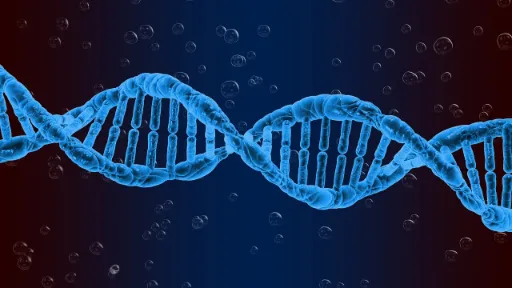
Why is Alcoholism Considered a Disease?
Alcoholism, also known as Alcohol Use Disorder (AUD), is considered a disease, by many, because it satisfies all three criteria that define a disease: it has identifiable symptoms, it leads to physical alterations in the body, and it is responsive to treatment. Furthermore, both genetic and environmental influences play a part in its development.
Alcoholism significantly impacts various areas of the brain, including those responsible for reward processing, motivation, memory, decision-making, and impulse control. These alterations can trigger compulsive alcohol consumption, despite the associated negative outcomes such as health complications or social conflicts. Over time, alcoholism can induce dependence, amplifying the negative impact on an individual’s life.
While some might dismiss alcoholism as merely a failure of willpower or a moral lapse, scientific research indicates that alcohol abuse is indeed a complex interaction of genetics and environmental factors that affect brain functioning. For instance, studies have discovered that variations in the ADH1B gene correlate with a decreased likelihood of developing alcohol use disorders.
Alcoholism and alcohol dependence can affect any individual, irrespective of their age, gender, race, or socioeconomic status. However, certain elements, such as a family history of alcoholism, early initiation of drinking, and pre-existing mental health disorders, can escalate the risk of developing AUD. The disease model of alcoholism underscores the importance of a holistic and empathetic approach to treatment and recovery.
Blackout Drunk: Exploring the Temporary Memory Loss Effects
Binge drinking, which is prevalent among young adults and teenagers, can lead to temporary memory loss or blackouts. However, the effects of binge drinking can be neurotoxic and cause long-term damage to the brain, leading to dependence and affecting a person’s life.
Neurotoxic Effects of Binge Drinking
Binge drinking can have severe consequences on the brain’s development and function. The hippocampus, responsible for memory formation and consolidation, is particularly vulnerable to alcohol’s effects. Studies show that binge drinking decreases hippocampal volume and impaired functioning, resulting in temporary memory loss or blackouts.
The Impact of Getting Blackout Drunk
One in six adults reported experiencing at least one blackout drunk episode within the past month due to alcohol consumption. Blackout drunk incidents have increased over the past year due to pandemic-related stressors and social isolation, indicating a rise in alcohol misuse. These incidents can lead to dangerous situations such as trauma, death, and shame, highlighting the risks associated with alcohol abuse and addiction.
Trauma
Blackout drunk episodes resulting from alcohol abuse or addiction can lead to traumatic experiences such as sexual assault or physical violence. In some cases, people engage in risky behaviors like driving under the influence or unprotected sex during their alcohol misuse due to excessive alcohol consumption.
Death
In severe cases, blackouts can cause respiratory depression leading to death. Dependence on alcohol or other drugs increases the risk of unconsciousness, and when someone is in this state, they may vomit while lying on their back; this could block their airway causing suffocation.
Shame
People who experience blackouts due to alcohol abuse often feel ashamed about their behavior during that time because they cannot remember what happened. They may lose friendships or face disciplinary action at work or school because of their actions while under the influence. Alcohol addiction, alcohol misuse, and alcohol dependence can all contribute to the likelihood of experiencing blackouts.
Alcoholism Statistics: Understanding the Prevalence and Treatment Gap
Prevalence of Alcoholism in the United States
Alcohol Use Disorder (AUD), is a serious problem in the United States. According to the National Institute on Alcohol Abuse and Alcoholism (NIAAA), an estimated 14.5 million Americans aged 18 and older suffered from AUD in 2019, indicating a high level of dependence. This number accounts for approximately 5.8% of this age group’s population.
The Diagnostic and Statistical Manual of Mental Disorders (DSM-5) defines AUD as a chronic relapsing brain disease characterized by compulsive alcohol use, loss of control over alcohol intake, and negative emotional states when not using it. The severity of AUD varies from mild to severe, depending on how many symptoms an individual exhibits, indicating dependence on alcohol.
Treatment Gap for Alcoholism
Despite its prevalence, only about 7.9% of those with alcohol use disorders (AUD) and alcohol addiction receive treatment each year. This gap between those who need help for alcohol misuse, or alcohol dependence, and those who receive it is due to various factors such as stigma, limited access to healthcare services, lack of insurance coverage, financial constraints, or simply not recognizing that they have a problem.
Moreover, many individuals with alcohol use disorders or alcohol addiction do not seek treatment until they experience severe consequences such as liver damage or legal problems due to alcohol misuse or alcohol dependence.
Cultural Problem
Alcoholism is often considered a cultural problem because drinking is socially acceptable in many cultures worldwide. In some countries where alcohol consumption is part of their traditions or religious practices like wine during communion in Christianity or saké during Shinto ceremonies in Japan; it can be challenging to recognize problematic drinking behavior.
Advertising campaigns that promote alcohol consumption are prevalent globally, creating a perception that drinking is necessary for socializing or relaxing after work. These advertisements may contribute to normalizing excessive drinking behavior among people who may already have a genetic predisposition to AUD.
Alcohol and Medications: Can You Drink Safely? Know the Risks
Mixing Alcohol with Medications: Understanding the Risks
Alcohol is a widely consumed substance that can have various effects on the body. While many people enjoy alcoholic beverages, it is important to understand the potential risks associated with drinking, especially when combined with medications. Here are some key points to keep in mind:
Increased Risk of Adverse Effects
When alcohol is mixed with certain medications, it can increase the risk of adverse effects. This is because alcohol can interfere with how medications are metabolized by the liver, leading to higher blood levels of both substances. Depending on the medication and amount consumed, this can result in a range of negative outcomes such as dizziness, nausea, impaired judgment, and even organ damage.
Alcohol Metabolism and Medications
Some medications can affect how alcohol is metabolized by the body. For example, drugs used to treat anxiety or depression may slow down alcohol metabolism and cause it to stay in the bloodstream for longer periods of time. This means that individuals taking these types of medications should be especially cautious when consuming alcoholic beverages.
Controlled Drinking May Be Possible
For some individuals on certain medications, controlled drinking may be possible under medical supervision. However, it is crucial to speak with a healthcare provider before attempting this approach. In general, those who have struggled with addiction or have a history of heavy drinking should avoid consuming any amount of alcohol while taking medication.
Understanding Standard Drink Sizes
Knowing what constitutes a standard drink can help individuals monitor their alcohol consumption and reduce the risk of negative interactions with medications. In the United States, one standard drink typically contains 14 grams (0.6 fluid ounces) of pure alcohol. This equates to approximately 12 ounces of regular beer (5% ABV), 5 ounces of wine (12% ABV), or 1.5 ounces of distilled spirits (40% ABV).
Diagnosing Alcoholism: Evaluating Symptoms and Seeking Help
Evaluating Symptoms and Seeking Help for Alcoholism
Recognizing alcoholism can be challenging, as it often develops gradually over time. However, excessive drinking can lead to serious health problems and affect a person’s relationships, work performance, and overall well-being. Therefore, it is essential to identify the symptoms of alcohol use disorders and seek professional help.
Seeking Professional Help
Diagnosing an alcohol use disorder requires a comprehensive evaluation by a healthcare provider or addiction specialist. They will typically ask about your medical history and current symptoms related to alcohol use.
The Diagnostic and Statistical Manual of Mental Disorders (DSM) provides guidelines for identifying an alcohol use disorder based on specific criteria such as:
- Drinking more/longer than intended
- Having cravings for alcohol
- Failing to fulfill obligations due to drinking
- Continuing to drink despite negative consequences
- Developing tolerance or needing more alcohol to feel the same effects
- Experiencing withdrawal symptoms when not drinking
If you or someone you know is experiencing any of these symptoms, it is essential to seek professional help. Treatment for alcohol use disorders may include detoxification, counseling, residential addiction treatment, support groups (e.g., Alcoholics Anonymous), and aftercare planning.
Alcoholism Recovery: Balancing Behavioral Therapies and Support Groups
Alcoholism recovery is a journey that requires both behavioral therapies and support groups to achieve success. The road to recovery can be long and challenging, but it’s important to remember that you’re not alone. Seeking help from professionals and loved ones is crucial in overcoming this disease.
Effective treatment methods for alcoholism include behavioral therapies such as cognitive-behavioral therapy (CBT), motivational interviewing, and contingency management. These therapies aim to change negative thoughts, behaviors, and beliefs associated with alcohol use disorder (AUD). They also teach coping skills to manage triggers and prevent relapse.
Support groups like Alcoholics Anonymous (AA) provide a safe space for individuals struggling with AUD to share their experiences and receive support from others who have gone through similar struggles. AA offers a 12-step program that helps individuals work towards sobriety by acknowledging the powerlessness over alcohol and seeking guidance from a higher power.
It’s important to note that recovery from alcohol use disorders, alcohol dependence, alcohol consumption, and alcohol misuse isn’t a one-size-fits-all approach. Each individual’s journey will look different depending on their unique circumstances. Some may benefit more from therapy while others may find comfort in support groups. It’s essential to find what works best for you.
Balancing behavioral therapies and support groups can lead to successful outcomes in alcoholism recovery. By combining these approaches, individuals can gain valuable insight into their addiction, develop healthy coping mechanisms, build strong relationships with peers in recovery, and ultimately achieve long-term sobriety.
Remember that recovery from alcohol dependence and alcohol misuse is possible, but it takes time, effort, and dedication to overcome excessive alcohol consumption. Don’t hesitate to seek help if you or someone you know is struggling with AUD. With the right tools and support system in place, anyone can overcome this disease and live a fulfilling life in sobriety.

